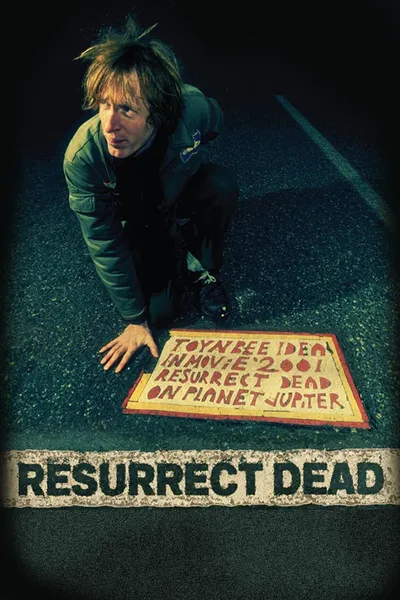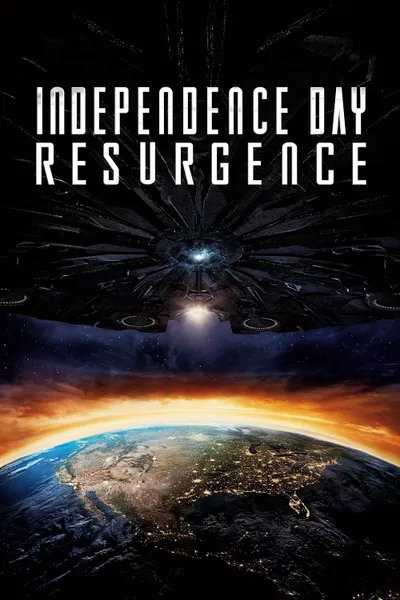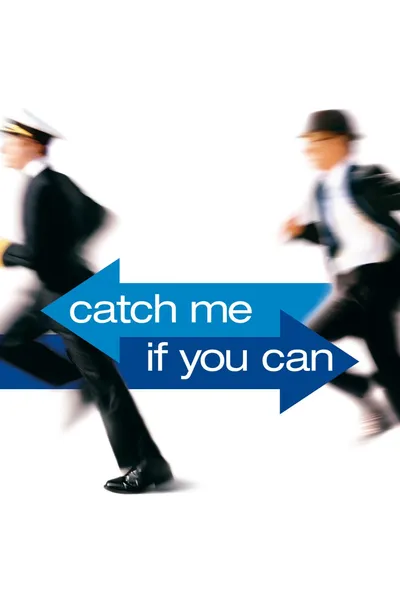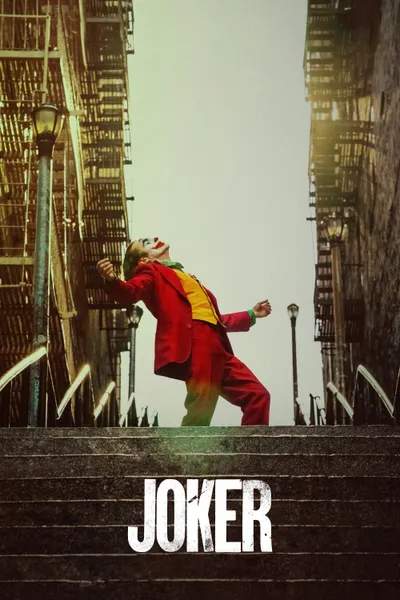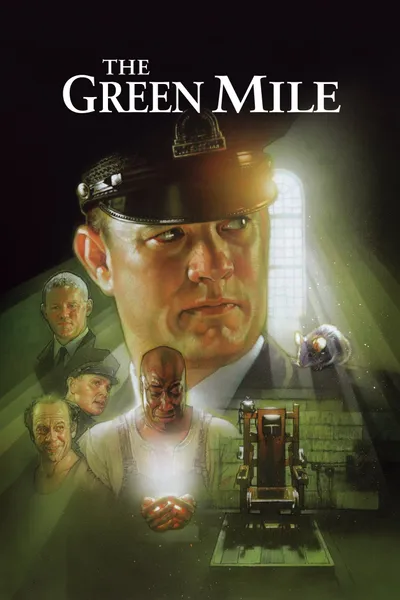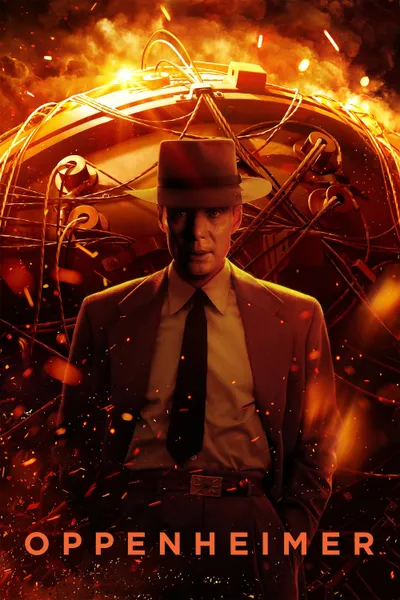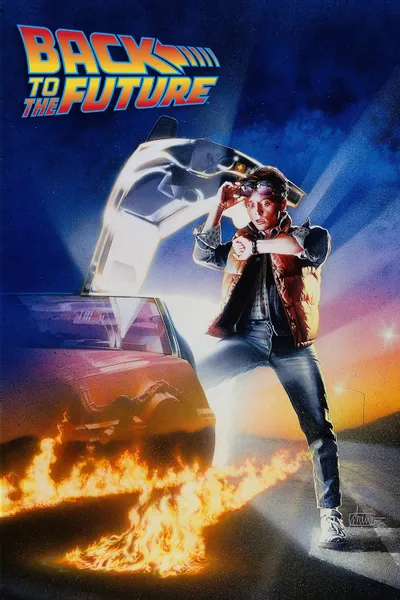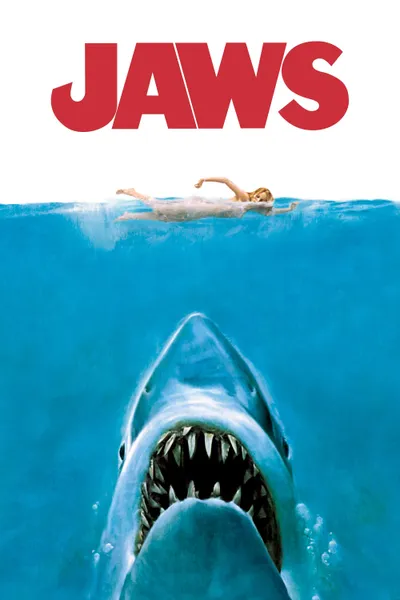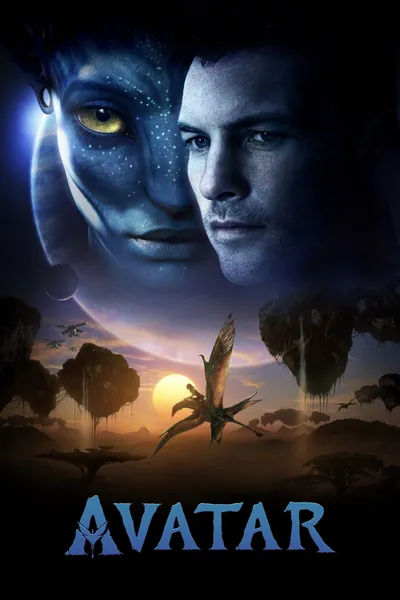Reviews
CRCulver
August 14, 20184.0
The rise of the internet in the 1990s suddenly gave people the ability to talk and form communities about all kinds of weird niche hobbies and mysteries that, as isolated individuals, they previously had to muse over in silence. One of these, I remember, was the "Toynbee Tiles", linoleum squares left on the streets of Philadelphia over these years that contained the cryptic message "Toynbee idea in Kubrick's 2001 Resurrect dead on planet Jupiter". (It's an odd American analogue to the mysterious man in Australia who used to go around scrawling "Eternity" everywhere.) The Toynbee tile maker was obviously a nutter, but in spite of much speculation among enthusiasts who would upload photos of tile sightings and try to riddle out the message, his or her identity remained a mystery... until this 2011 documentary film.
RESURRECT DEAD tracks the work of an investigative team of nerds as they put together the pieces of Toynbee sightings from the late 1970s to the present, ultimately identifying the tile maker with an overwhelming degree of accuracy. These are Justin Duerr, the main face of the film, along with Colin Smith and Steve Weinik. Justin Duerr strikes this viewer as hella autistic, and his consuming interest in collecting Toynbee tile information and social awkwardness fills every frame. (And am I the only one who thinks that his jerky mannerisms and obsession resemble cinema auteur Wes Anderson?) But Duerr is also an artist, and he's so curious about the Toynbee tile maker because he recognizes in the man, mentally ill though the tiler might be, a fellow artist and creative individual.
The Toynbee tiler wasn't just leaving tiles. For a time in the 1980s, he would drive around Philadelphia broadcasting his theories over pirate radio. In the middle portion of RESURRECT DEAD, the trio of investigators make contact with radio enthusiasts who prove to have had some limited contact with the tiler back in the day. As the film ends, they have traced the tile maker to a Philadelphia address that belongs to a paranoid recluse. He refuses to answer the door, but his neighbours provide key information, like the fact that his car has a hole in the floorboard, presumably to drop the tiles surreptitiously. The decision to name this recluse might upset some viewers, but besides that single knock on the door and a mailed letter, the filmmakers don't try to intrude on his life, and they decide to just let him be, basking in the satisfaction that they've solved the mystery.
I was intrigued by the tiles when I first came across the Toynbee tile community on the early web, around 1995 or so, and though I was never an obsessive like these filmmakers, the idea of the Toynbee tiles remained in the back of my mind as a quirky mystery over the years. While I was happy to discover that everything is now clear, I was disappointed by this documentary film. Its 90-minute length has a lot of filler, like dumb slow-motion replays of the group looking stunned as they learn key facts. Justin Duerr's narration to the camera is chock-a-block with "like", "uh...", "so...", "you know..." -- could he have not thought more clearly what he was going to say for his own film?
Ultimately, I commend these investigators for their achievement, but anyone curious about the Toynbee tiles should just read the bare facts as laid out in 5 minutes' reading of press coverage of the investigation, or on everyone's favourite online encyclopedia. Sitting through an hour and a half of this doc just feels like wasted time.
Recommendation Movies
Invasion U.S.A.1985
A Summer Dress1996
Independence Day: Resurgence2016
Wrath of Man2021
Fight Club1999
Deadpool2016
Catch Me If You Can2002
Joker2019
Captain America: The First Avenger2011
Midsommar2019
The Green Mile1999
Mad Max: Fury Road2015
Dune2021
Oppenheimer2023
Back to the Future1985
Knives Out2019
Jaws1975
Avatar2009
Interstellar2014
Avatar: The Way of Water2022
© 2024 MoovieTime. All rights reserved.Made with Nuxt
